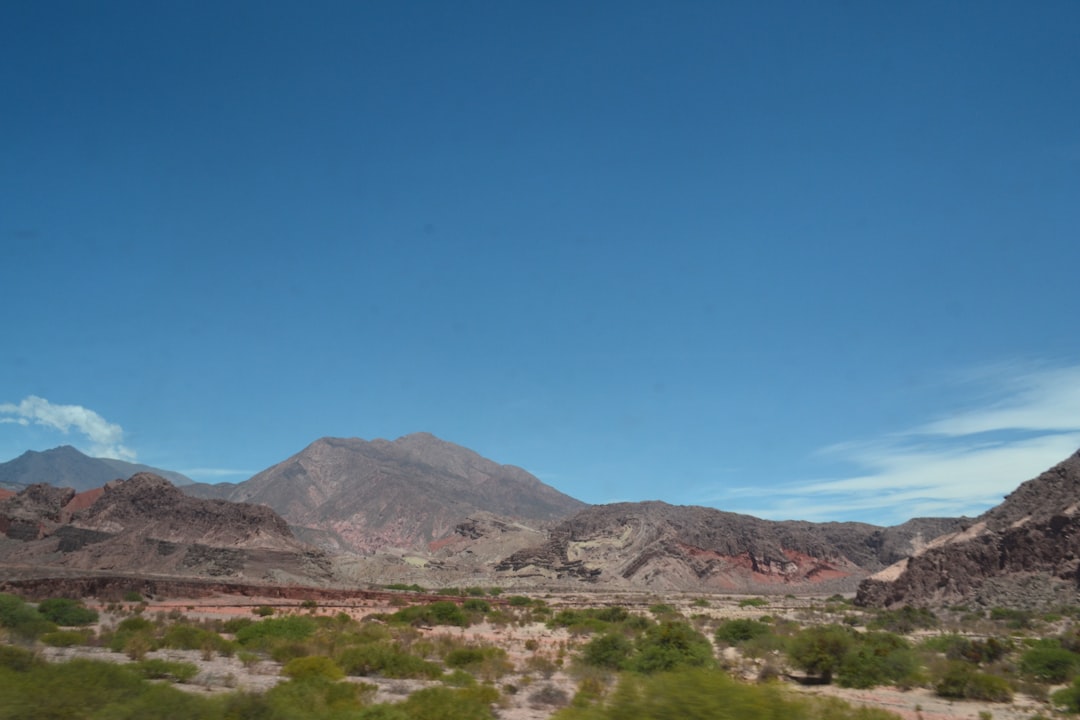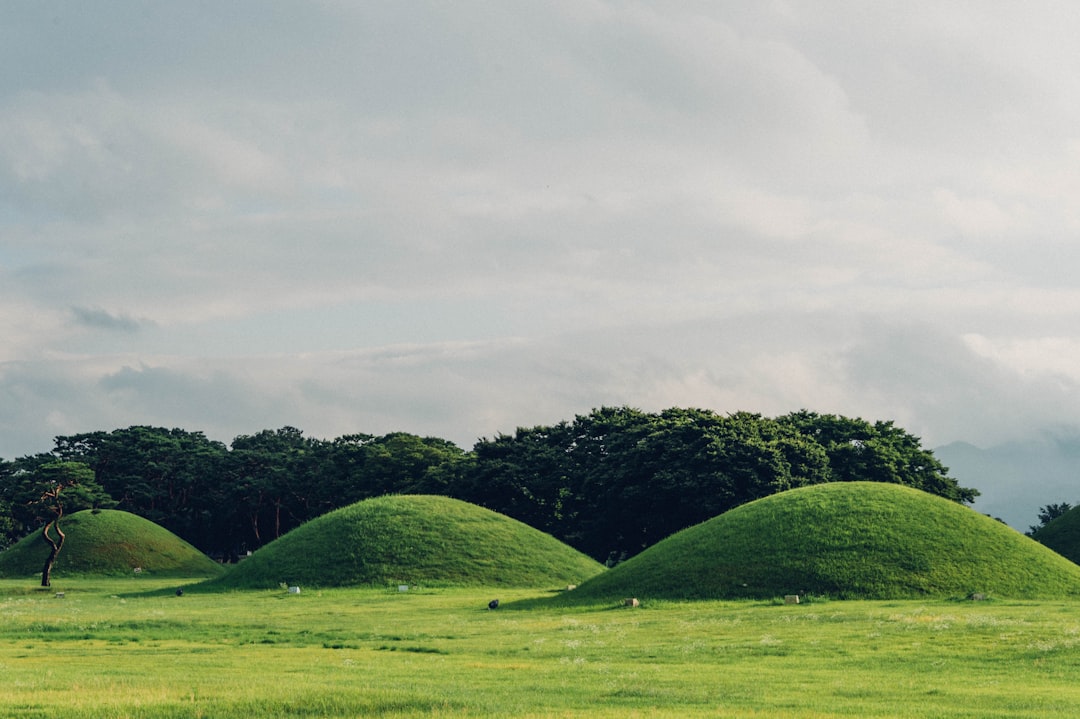What is it about?
Explores the role of Torres Strait as a frontier zone between mainland Australia and Papua New Guinea through the archaeology of a ritual site - mens meeting place. It also examines the highly structured nature of ceremony through rock art, surface survey and sub-surface assessment of lithics (including residue analysis).
Featured Image
Why is it important?
Provides rare insight into the emergence, origins and structure of Torres Strait ceremony at a frontier between Australia and the Asia - Pacific. Rock art appears to link with Papua New Guinea rather than other Torres Strait sites and this includes a rare depiction of the doeri (dari) headdress, a marker of Torres Strait identity (see the Torres Strait flag).
Perspectives
It is a remarkable privilege to have been allowed access by the Goemulaig community of Mabuiag to a site which is ethnographically-known to be the ancestral home of their community. It is a site where ceremonies connected with initiation took place, also decisions relating to warfare, head hunting raids and the political organisation of the community.
dr duncan wright
Australian National University
Read the Original
This page is a summary of: Exploring Ceremony: The Archaeology of a Men's Meeting House (‘Kod’) on Mabuyag, Western Torres Strait, Cambridge Archaeological Journal, October 2016, Cambridge University Press,
DOI: 10.1017/s0959774316000445.
You can read the full text:
Contributors
The following have contributed to this page










